Career in Fashion Industry with CLO 3D
3D fashion design technology is altering how fashion designers approach product development, pattern creation, and fits. 3D garment design software like CLO 3D and Browzwear streamlines the design process, saving time and money while decreasing environmental effects. Get to know to the best 3D fashion software for beginners.
A new wave of designers have joined the path of 3D fashion. From working professionals creating alternatives for fast fashion through digital clothing to students simply using 3D fashion to present their collections, it is constantly becoming more omnipresent.
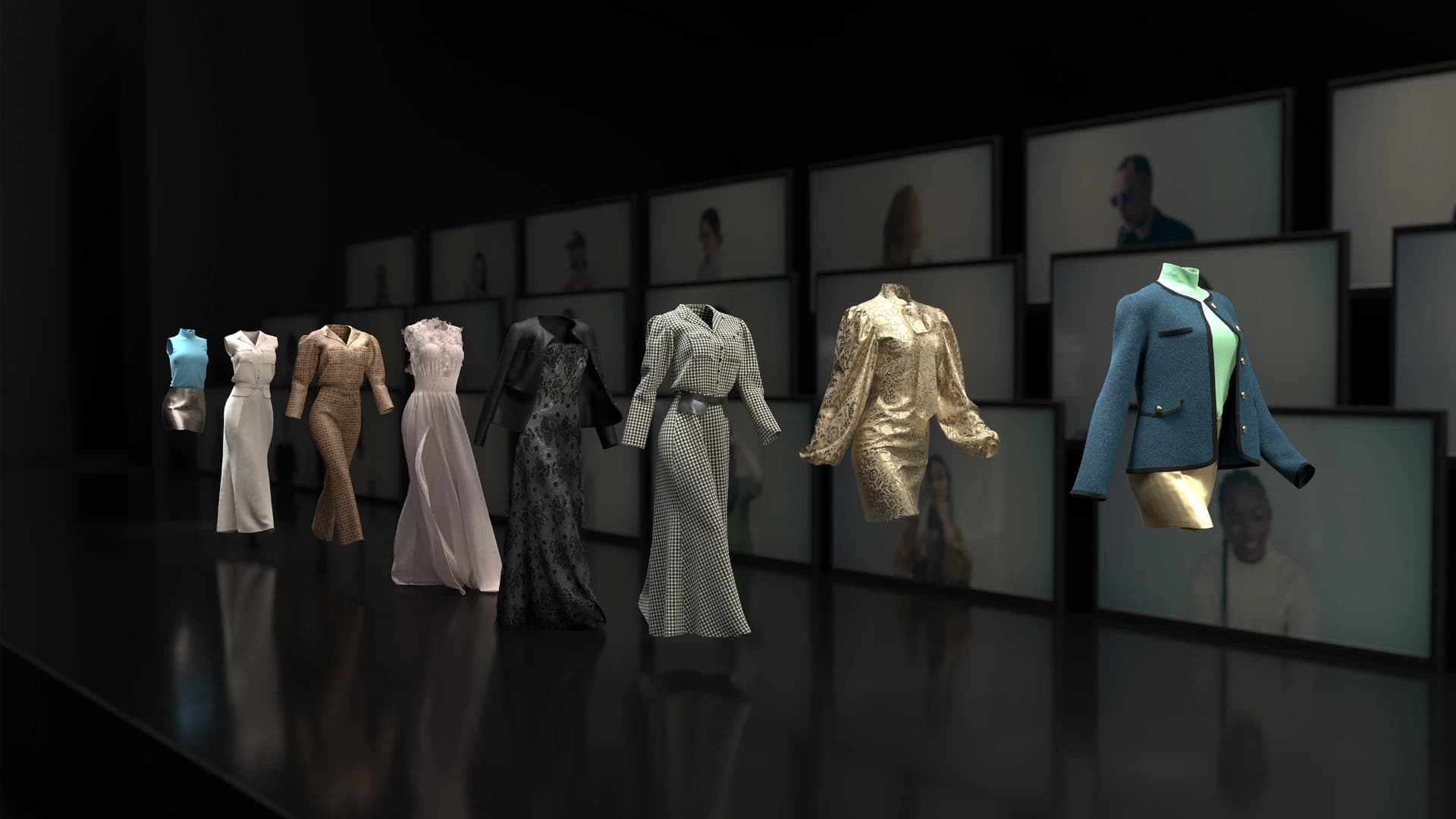
What do 3D fashion designers do?
A 3D fashion designer's main work is based on digital knowledge using softwares like CLO 3D and Browzwear to create 3D models of garments, accessories, bags and maybe home furnishing items as well- the options are unlimited.
Using softwares like CLo3d, Marvelous Designer, Browzwear, Tuka 3D and more are a huge part of what 3D designers do. For improved results they may also use software like Make Human, Daz Studio, and more to create more complex models, textures and add animation. Check out some top platforms to learn 3D fashion.
The designer creates a virtual garment by defining the shape and appearance of each piece of the garment, including the fabrics, colors, and textures. The designer can then manipulate the 3D model to see how the garment will look from different angles, and can make changes as needed.
Where can 3D fashion designers work?
3D Fashion designers have a variety of career options to choose from:
| Role | Description |
|---|---|
| Fashion Brands and Labels | Many fashion brands and clothing companies hire 3D fashion designers to create digital prototypes, virtual fashion shows, and digital renderings of their clothing collections. These designers work closely with traditional fashion designers to bring their concepts to life in a digital space. |
| Fashion Tech Startups | Large fashion tech startups may hire 3D designers to enhance their e-commerce websites and create realistic virtual try-on experiences. These designers can create 3D models of clothing items that customers can virtually try on before making a purchase. |
| Fashion Design Studios | Design Studios that develop 3D modeling and fashion design software, such as Clo3D or Marvelous Designer, hire designers to help improve and develop their software tools. This role may involve testing, user experience design, or creating educational content. |
| Textile and Apparel Manufacturers | Clothing manufacturers often employ 3D fashion designers to streamline the production process by creating 3D garment models. This helps in reducing the need for physical prototypes and optimizing the production workflow. |
| Fashion Consultancies | Many 3D fashion designers choose to work as freelancers or consultants. They offer their services to a wide range of clients, including fashion brands, independent designers, startups, and individuals looking for customized clothing designs. |
| Gaming and Entertainment | The gaming and entertainment industry often requires 3D fashion designers to create virtual clothing and costumes for video game characters, virtual reality experiences, and animated films. |
| VR/AR Companies | As VR and AR technologies continue to advance, there is a growing demand for 3D fashion designers to create virtual clothing and fashion experiences for these immersive platforms. |
| E-Commerce Platforms | Online fashion marketplaces and e-commerce platforms may employ 3D fashion designers to enhance product listings with 3D visuals and virtual try-on features. |
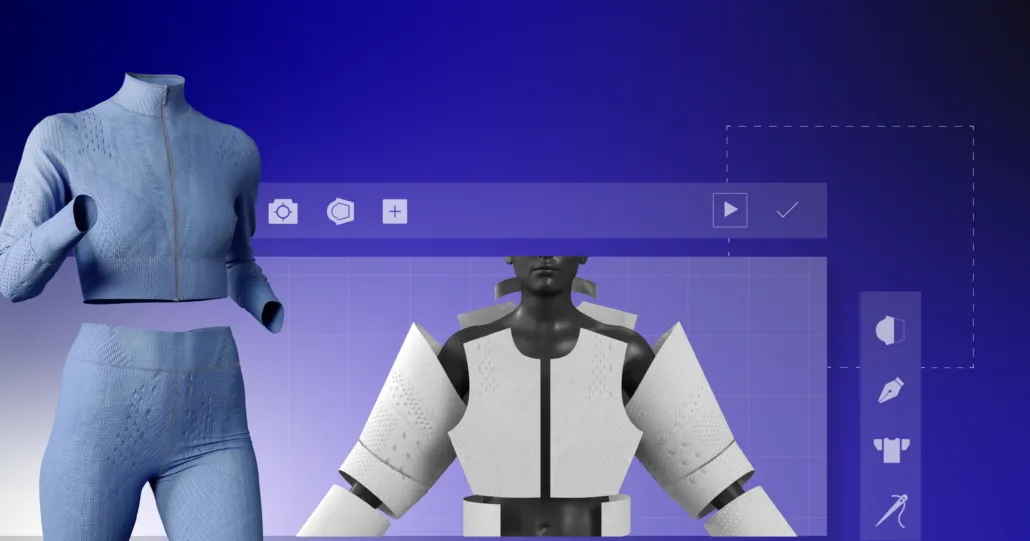
The required skill set for a 3D fashion designer
- Fashion Design Fundamentals: Strong knowledge of fashion design principles, including garment construction, fabric selection, color theory, and trend analysis.
- 3D Modeling Software: Proficiency in 3D modeling software like Marvelous Designer, CLO 3D, Browzwear, or similar programs used for creating virtual clothing prototypes.
- Texture Creation: Proficiency in creating custom textures or sourcing existing textures from libraries to match the desired look and feel of the clothing. This includes knowledge of software like Substance Painter or Photoshop for texture creation and editing.
- Computer-Aided Design (CAD): Familiarity with CAD software such as Adobe Illustrator and CorelDRAW for creating 2D sketches and patterns, which can be imported into 3D modeling software.
- 3D Modeling Software: Proficiency in 3D modeling software like Marvelous Designer, CLO 3D, Browzwear, or similar programs used for creating virtual clothing prototypes.
- Pattern Making: Knowledge of pattern making and draping techniques to create accurate virtual patterns for clothing.
- Construction Details (Tech Packs): Tech packs outline how the garment should be constructed, including seam types, stitching details, and any special construction techniques.
- Rendering and Visualization: Ability to create realistic digital prototypes and visualizations of clothing designs, including various poses and angles.
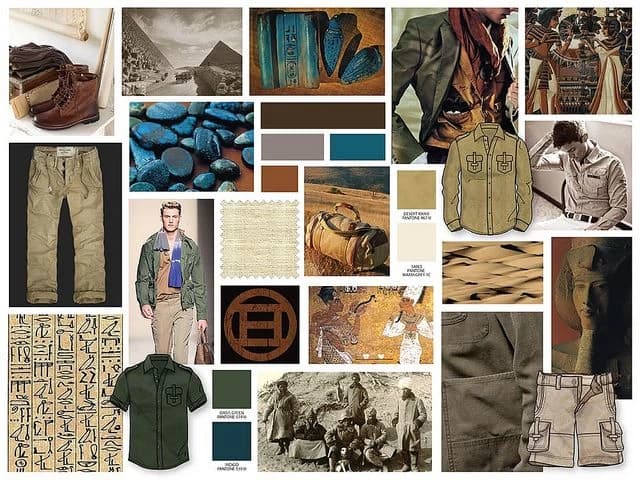
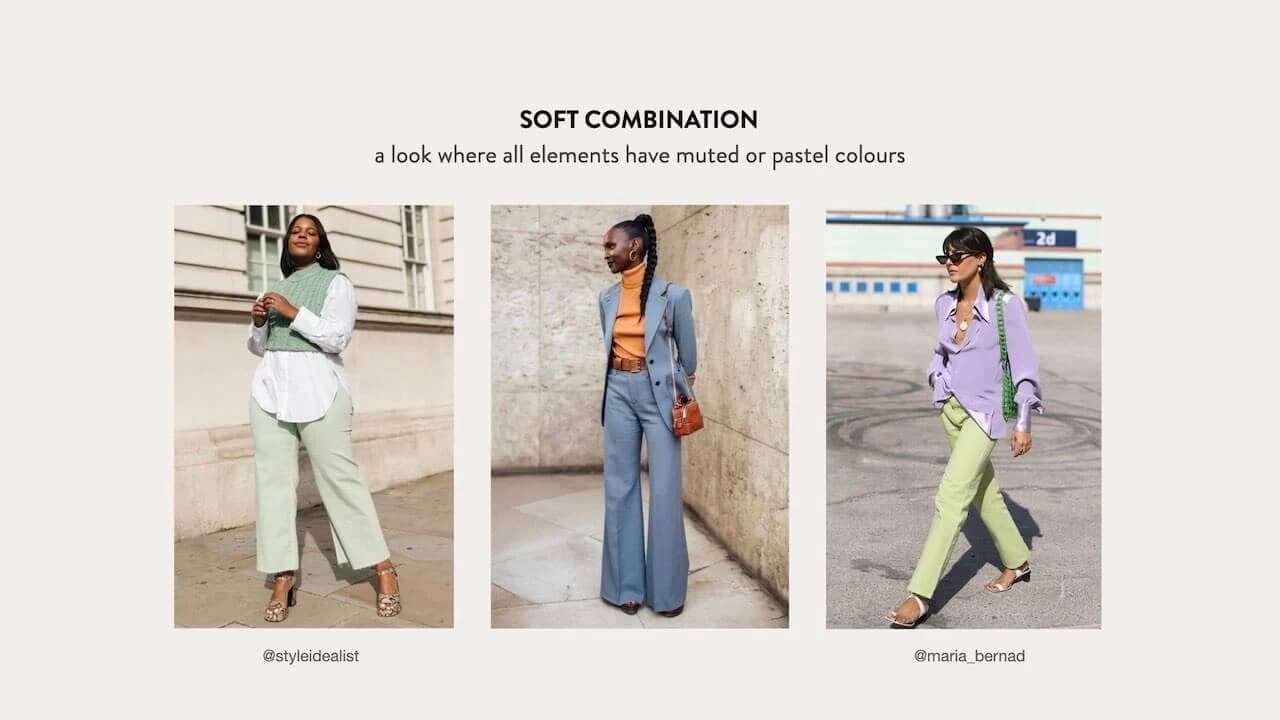
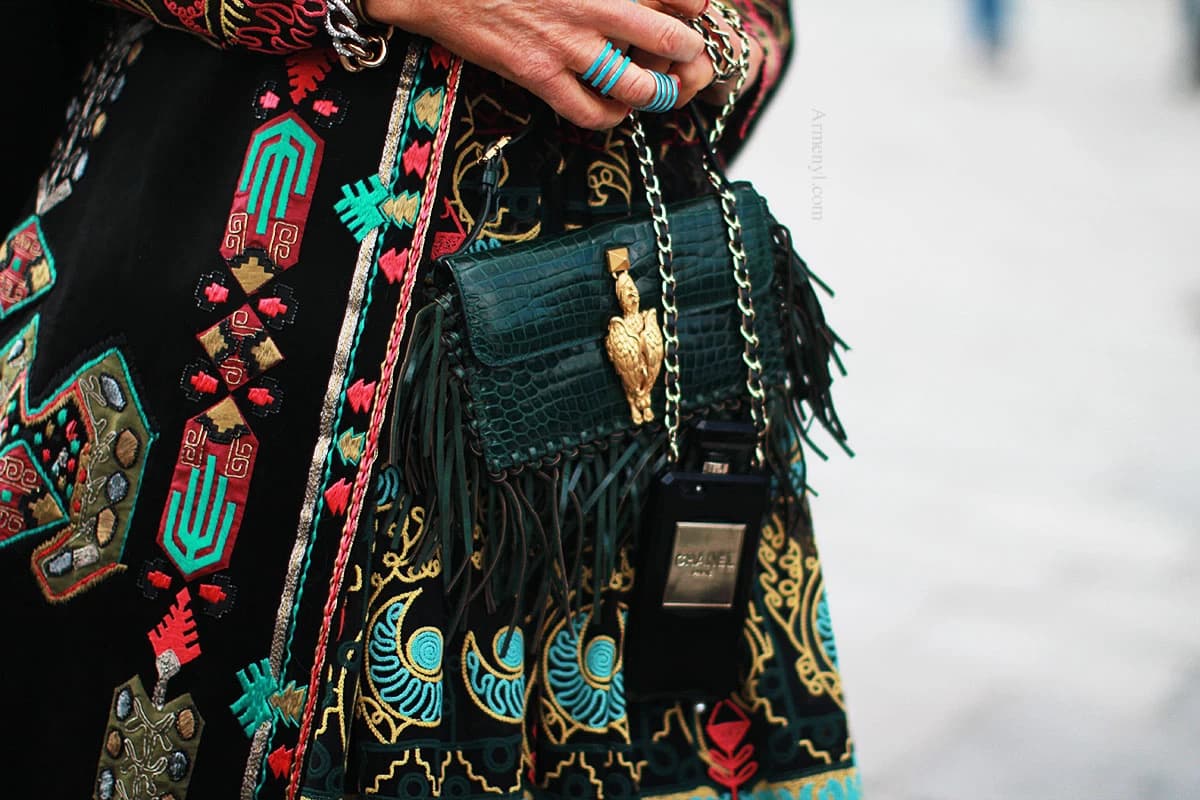

Steps to become a 3D fashion designer
Learning softwares is definitely not a piece of cake, and when it comes to advanced softwares which have multiple tools to explore and make use of, the best way to harness that is to receive training, preferably by a certified instructor. In our 3D course, we provide a holistic approach to 3D fashion.
Learning pattern making, texture development, knitted and laced fabrics, handbag construction, animating and customizing the models and environments with a lot more ease. Fishing around for videos from random sites is definitely not the preferable way to land that coveted job in the industry!
Creating multiple personal projects during your learning stage is the segue to the industry and the multiple positions and opportunities it holds. This is why receiving adequate training is paramount, and enables you not to fall short when you work in a professional environment.
Once you’ve mastered the skill part of it, its time to get some work experience and aim at newer heights! Working as a 3D modeler or artist for fashion houses, animation studios, huge conglomerates, is the way to get this experience.
Of course, within any industry, creating connections through networking is necessary and advantageous to a working professional. Gaining newer opportunities or even being guided to start something of your own is the main goal.
Things to know before you become a 3D fashion designer
Considering a career in 3D fashion? Its always better to research to ones absolute best and then go ahead! Here are a few things you should know:
We know, the industry gets hard and demanding. At first it may seem hard-especially during the learning phase- and you might wonder whether it might be enough. But hard work and perseverance always pays off. It will make your artistic and imaginative side shine through to make people see what you’re capable of!
3D Fashion is a career on the rise. Now is the best time to grab this opportunity and turn it into a full-time career. The global market for digital fashion is expected to grow from $498.7 million in 2021 to $4.8 billion by 2031 at a CAGR of 26.4%. Blockchain and Web3 comprised 33% of this market size and are expected to lead through 2031.
FAQs
How do I get started if I’m completely new to this?
It can be intimidating to set foot into a completely new environment like with all its digital pathways and intricacies. Check out this free beginner’s guide to help you get started!
What do I do if I get stuck with the software?
As mentioned earlier, it is always best to seek formal training for the same. If you have no leads for the same, here’s the link to our course, be sure to check it out.
Who will my coworkers be?
Depending on where you work, your coworkers may be fellow 3D designers, artists and coders, programmers and back-end developers. Fashion designers, stylists, consultants and more from the industry as well.
How do I bring that ‘something extra’ and stand out when looking for jobs?
First of all don’t get overwhelmed! If you’ve done a full-fledged course, be confident about your knowledge and skills. Create an outstanding portfolio, show your eagerness to learn relentlessly, and be passionate about your job!
We hope this helped you to kickstart your career in this industry, or or converting it from a hobby to an actual job! If you have more questions, we’re always here to answer them.
